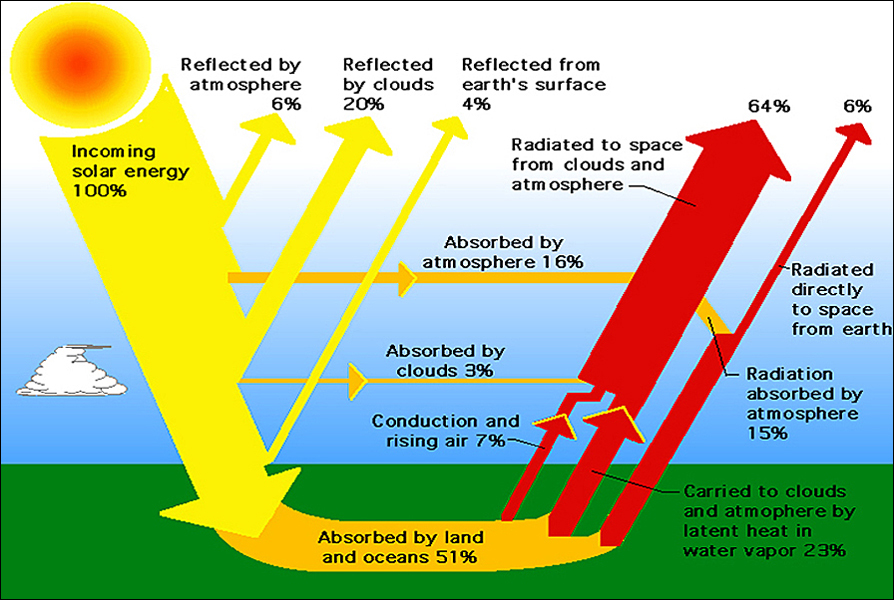The average lifespan of a solar panel is about 20 years but high temperatures as in the mojave desert can accelerate the aging process for solar cells and snow dust and other natural events tornadoes earthquakes can cause material fatigue on the surface and in the internal electric circuits gradually reducing the panel s power.
Solar panel aging intensity.
On average today s solar panels have a 15 to 18 solar efficiency rate the best pvs have as high as a 22 conversion rate.
Illuminance is synonymous to light intensity.
2 2020 in testing solar panels the sun s intensity the spectral composition and the angle of light are important factors in understanding why certain panels are successful and others.
A solar panel is made up of many individual photovoltaic cells that convert light to energy.
In the 1880s photovoltaic cells had an efficiency of 1 to 2.
For most tier 1 solar panels the degradation rate is 30 meaning that each year the panels performance is reduced by 30.
At a maximum sun intensity of 30 the tracking solar panels were the most efficient at 23 solar power production efficiency the adjustable were at 20 and the fixed solar panels were at 18.
So each solar panel would be tested based on its beginning.
Today photovoltaic cells can reach an efficiency of 40.
The effect of solar illuminance or intensity on a photovoltaic panel has been examined.
Illuminance is directly proportional to light intensity per.
Over 25 years that adds up to a total of 6 96 meaning your panels will operate at 93 04 of their original capacity in 2045.
The amount of sunlight that reaches.
In a state with strong peak sunlight a panel with lower efficiency will likely do the trick.
Solar panel efficiency typically ranges from 15 to 20 percent but high end solar panels like sunpower can offer efficiency levels as high as almost 23 percent and above.
Solar cells are an alternative method for generating electricity directly from sunlight.
Once the sun intensity was decreased to 20 the results showed that both tracking.
Your experiment will measure the effect of changing light intensity on power output from the solar cell.
As would be expected the highest amount of solar intensity occurs on the globe right where the sun is overhead and as the angle of the sun lowers the solar intensity declines.










